SUMMARY
This is AI generated summarization, which may have errors. For context, always refer to the full article.
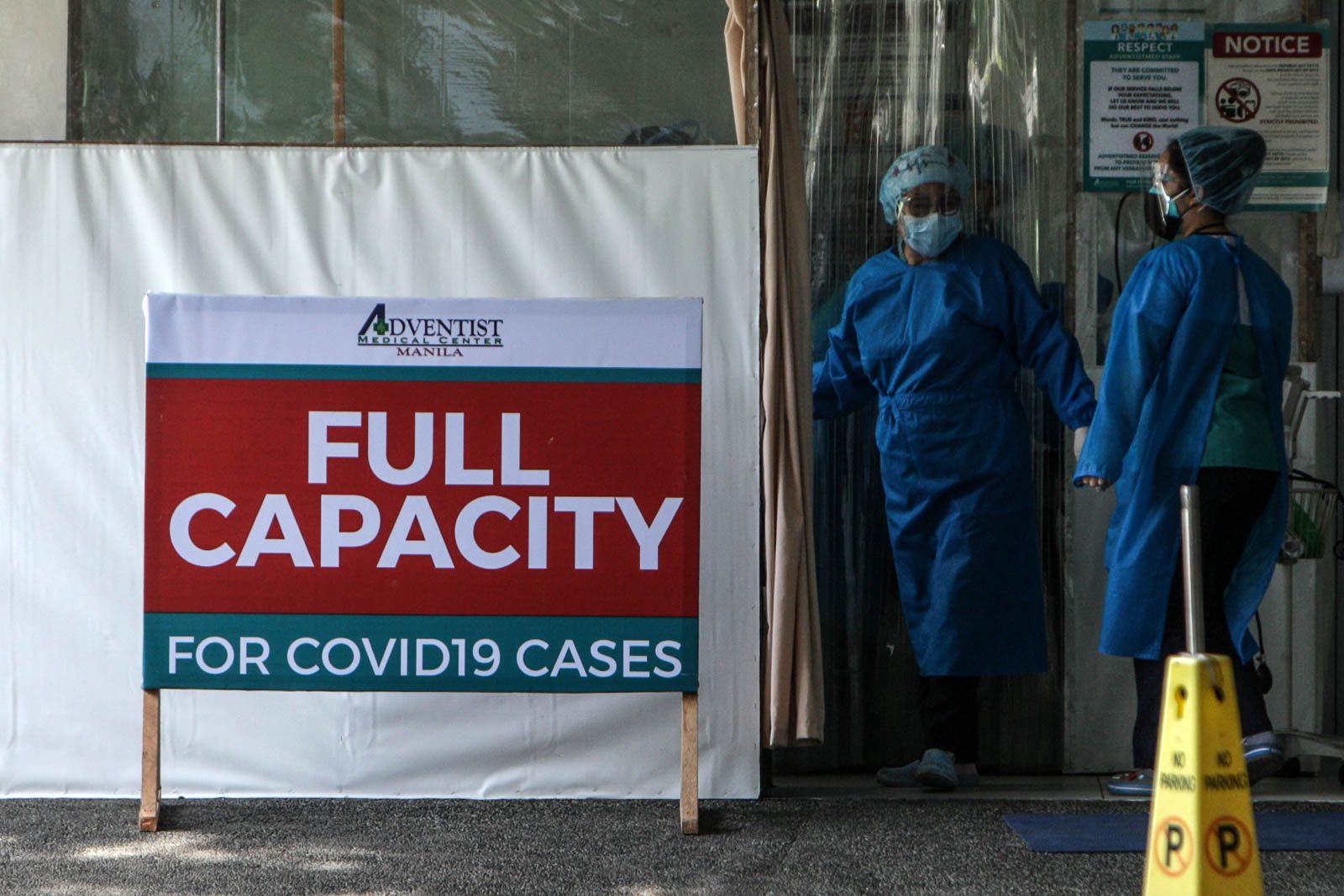
With the drastic increase in coronavirus cases placing further strain on hospitals, the Duterte government, led by the Department of Health (DOH), is looking to set up a “triage system” across local government units to manage the flow of patients needing health care.
Speaking to reporters in a press briefing on Monday, April 5, Health Undersecretary Maria Rosario Vergeire said the DOH was targeting to have the triage system up and active by the end of the week.
The system, which seeks to avoid further congesting hospitals, will serve as a “midway point” where local health officials will assess whether patients in need of care can be brought to local quarantine facilities or if they are already in need of hospital care.
“Puputulin natin ‘yung structure na from the home or the LGU, [people go] straight to the hospitals. ‘Yun po ‘yung nangyayari sa atin ngayon kaya tayo nagkaroon ng challenge na punong-puno ‘yung mga ER, punong-puno ‘yung mga ospital,” Vergiere said.
She added, “This will make our processes more organized at ‘yung mga kababayan natin hindi na kailangang matatakot at didiretso sa ospital at wala sila mapuntahan kung may sitwasyon sila na nagkakaroon sila ng sintomas.”
(We will cut the structure where from the home or LGU, people go straight to hospitals. This is what is happening now, and this is why we are faced with the challenge of full emergency rooms (ER), full hospitals…. This will make our processes more organized, and people won’t need to be scared of going straight to hospitals where there is no space if they find themselves in a situation where they have symptoms [of COVID-19].)
What to expect
Vergeire described it like this: If someone is experiencing symptoms, they can either call a hotline or go to triage centers in their community.
If the patient requires hospital admission, local triage centers, in coordination with the One Hospital Command Center, will determine which hospital to bring the patient to.
These centers will have ambulance services ready to transport patients from the local government unit’s (LGU) triage areas to either quarantine facilities or hospitals, depending on the assessment.
Vergeire said officials from the DOH, One Hospital Command Center, Metro Manila Development Authority, Department of the Interior and Local Government, and LGUs met on Monday to start setting up the system.
The DOH or LGUs have yet to give more details on the exact date this will be active, but Vergeire said the target is to have the system up and running in the next few days.
Vergeire said they would prioritize setting up LGU triage systems in Metro Manila, Central Luzon, and Calabarzon, where majority of the cases come from, before expanding to the rest of the country.
Why this matters
Managing patients at the local level or before they reach hospitals had been one of the solutions proposed by health workers months ago in August 2020, after the Philippines last saw a peak in cases that flooded hospitals and nearly crippled the health system.
The Healthcare Professionals Alliance Against COVID-19 reiterated the need for this recently when cases were again rapidly increasing in Metro Manila and nearby provinces.
They had urged the government to consider expanding its One Hospital Command into a “One COVID-19 referral network” to cover other health facilities aside from hospitals, such as barangay health centers, clinics, laboratories, and even pharmacies. Doing so, they said, would provide care in communities and prevent Filipinos from flooding hospitals.
The change in managing patients will not be easy to implement immediately, but it can usher in necessary improvement in the Philippines’ healthcare infrastructure in line with the Universal Health Care Act.
What else is DOH doing?
Along with setting up a triage system in LGUs, the DOH is also setting up modular tents in eight hospitals that requested these to accommodate more patients. The DOH is also expected to start transferring mild and asymptomatic patients in hospitals to quarantine facilities, which is estimated to free up a cumulative 30% to 40% more hospital beds in the capital region.
Vergeire said the DOH has also entered into contracts with at least four hotels to house health workers with mild to asymptomatic COVID-19. Meanwhile, more healthcare workers from different regions will be brought to Metro Manila to care for patients.
The Department of Education, Vergeire added, also approved for some of its schools to be used as quarantine facilities. – Rappler.com
Add a comment
How does this make you feel?
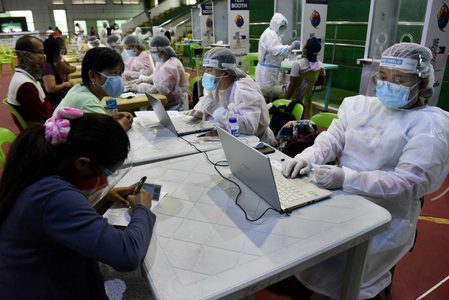
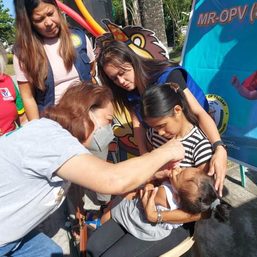
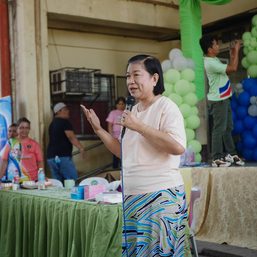
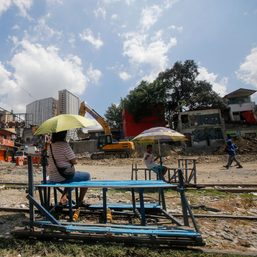

![[OPINION] Beyond infrastructure: Ensuring healthcare access for the poor](https://www.rappler.com/tachyon/2024/03/tl-healthcare-access-03402024.jpg?resize=257%2C257&crop_strategy=attention)

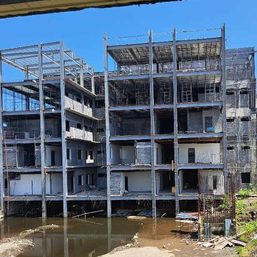

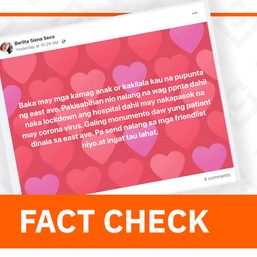

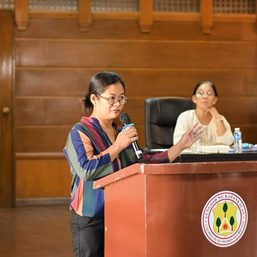


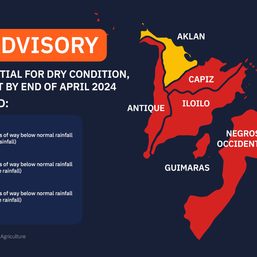

There are no comments yet. Add your comment to start the conversation.